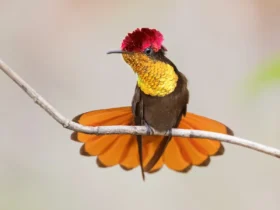The Northern Cardinal (Cardinalis cardinalis) is a beloved bird known for its striking beauty, melodic song, and year-round presence in North American backyards. With its vibrant red plumage and distinctive crest, the Northern Cardinal has become an iconic symbol of the avian world. In this article, we will explore the captivating world of the Northern Cardinal, delving into its characteristics, habitat, behavior, and the joy it brings to birdwatchers and nature enthusiasts.
Northern Cardinal images
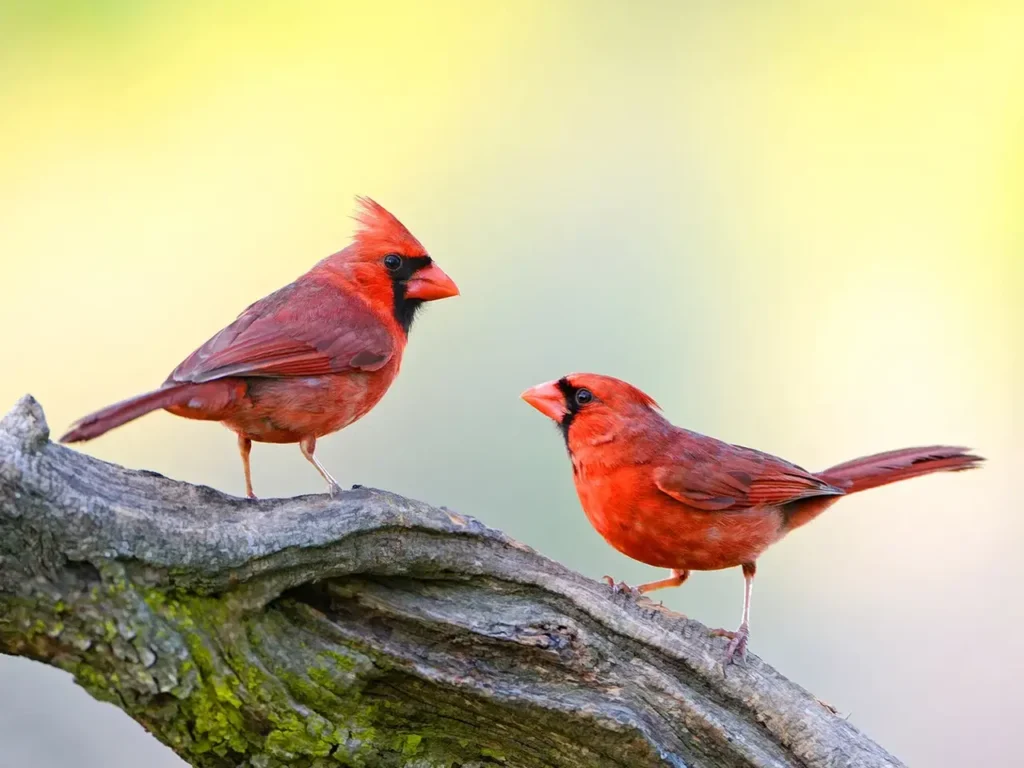
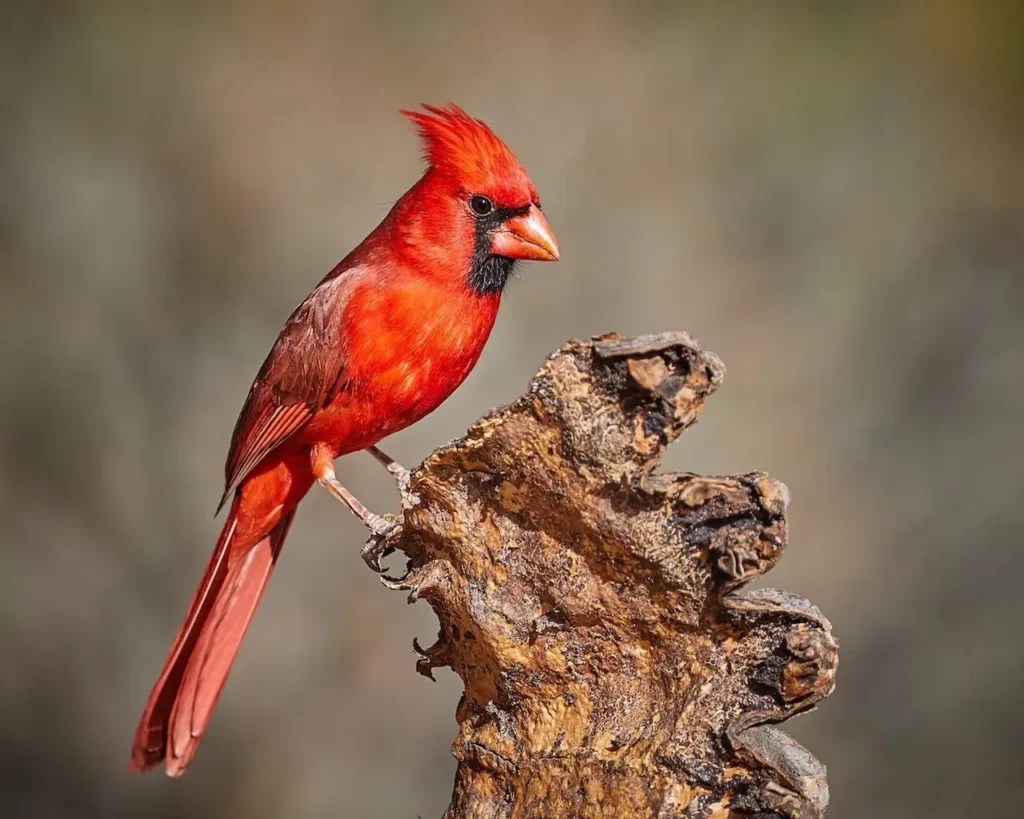
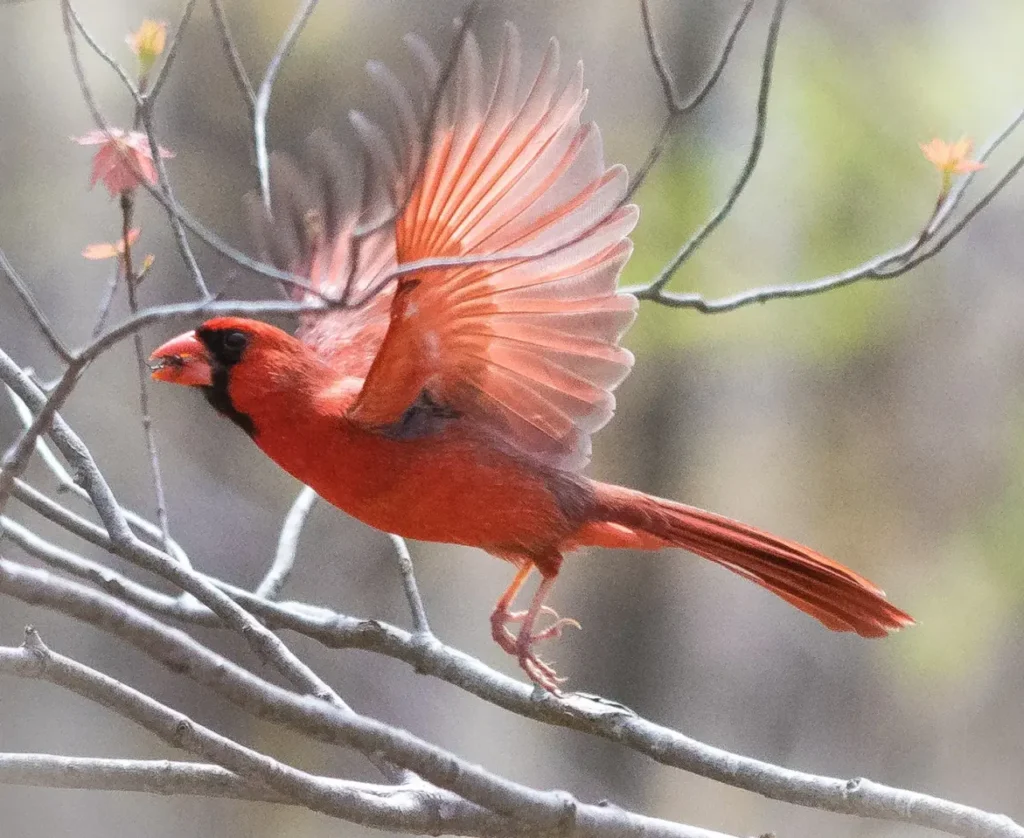
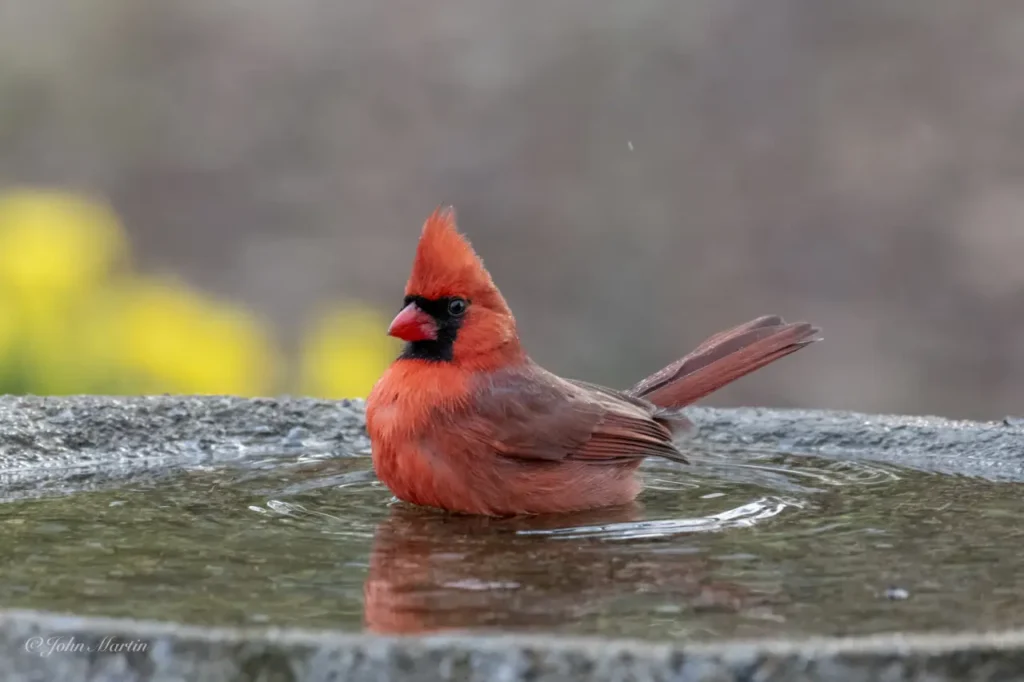
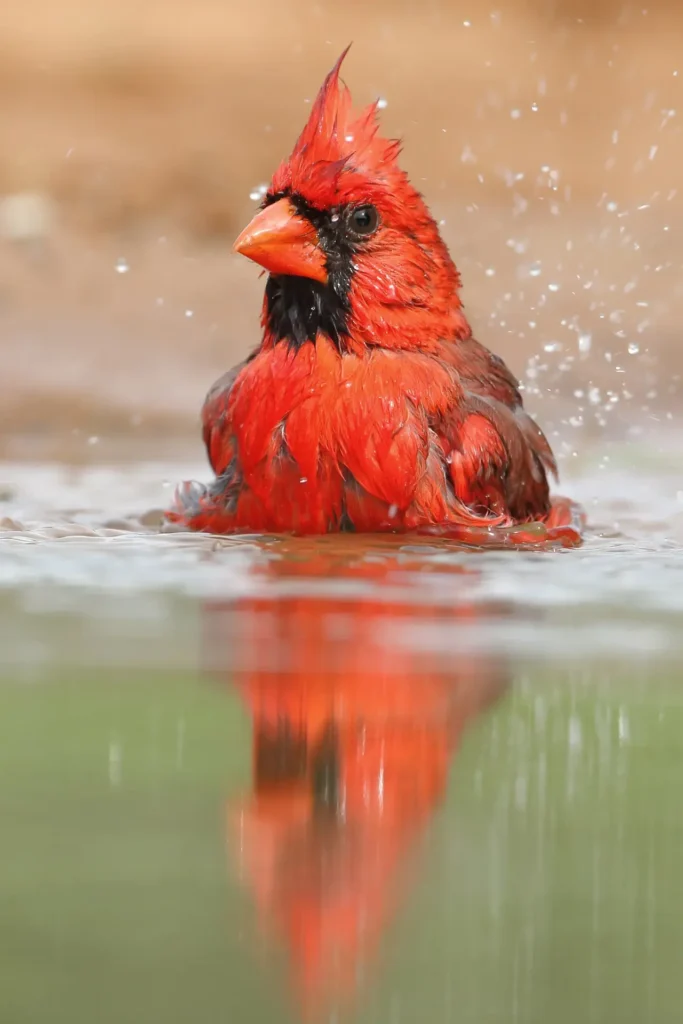
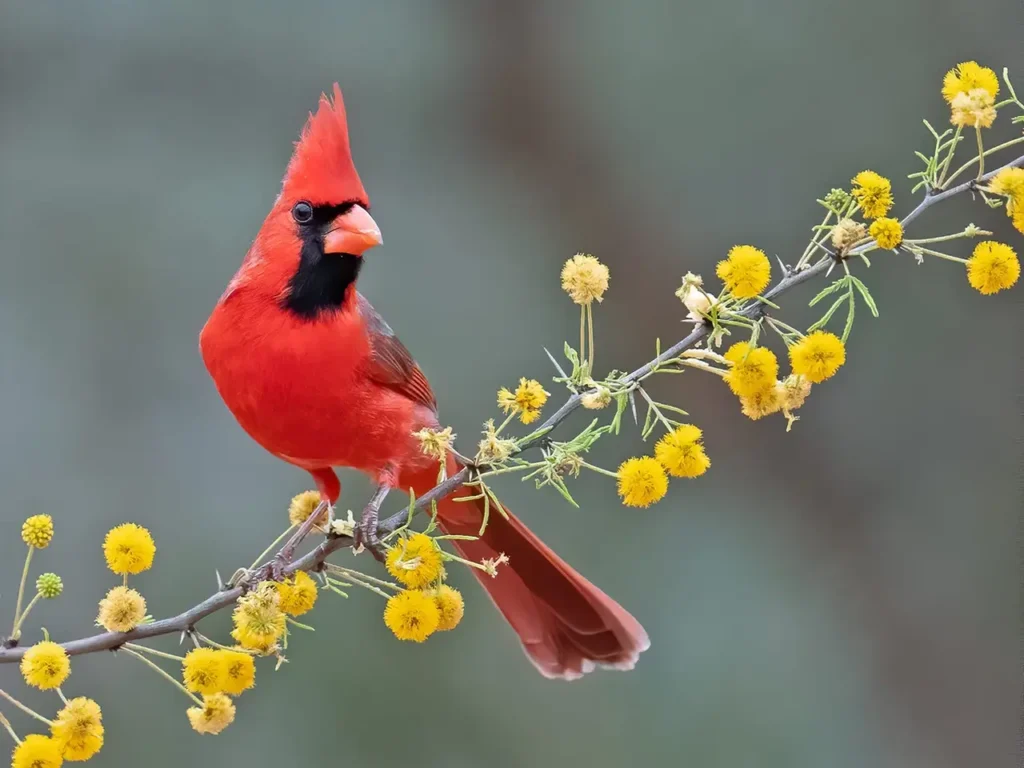
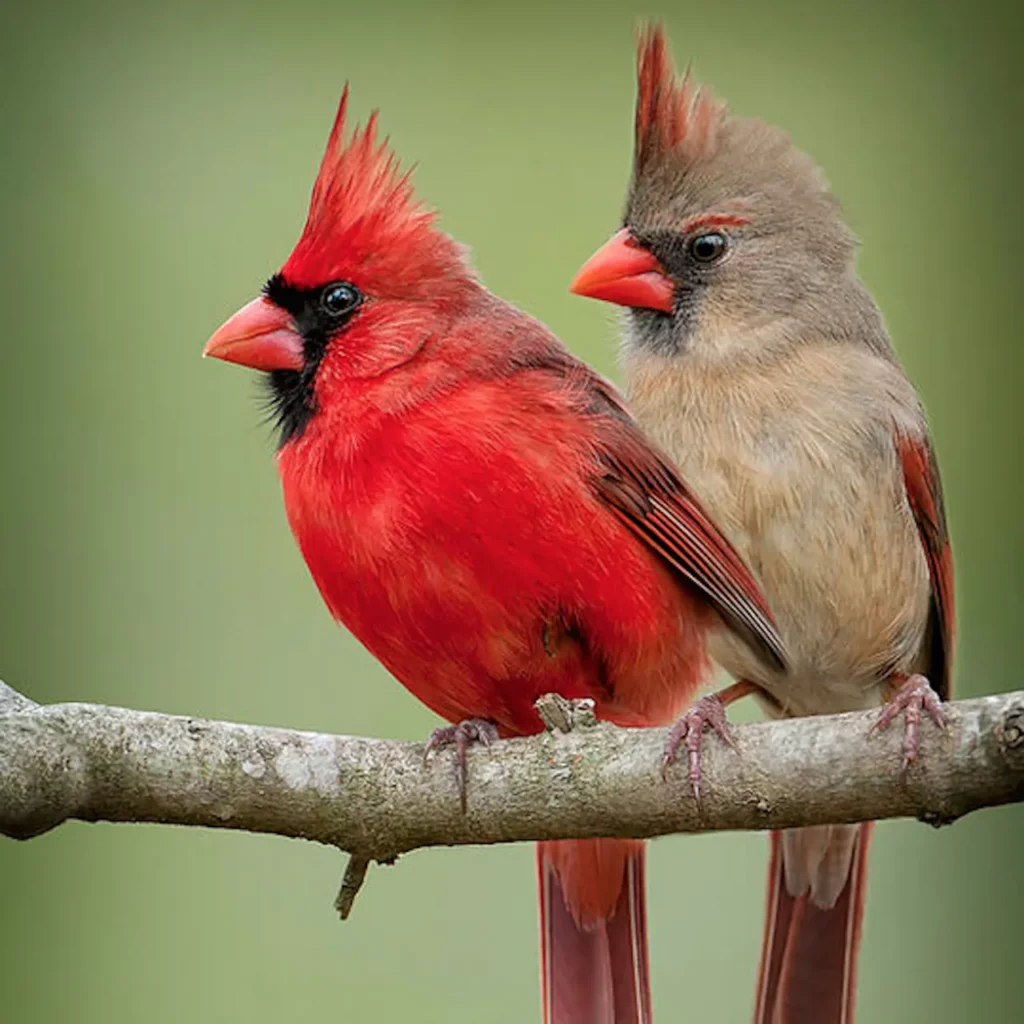
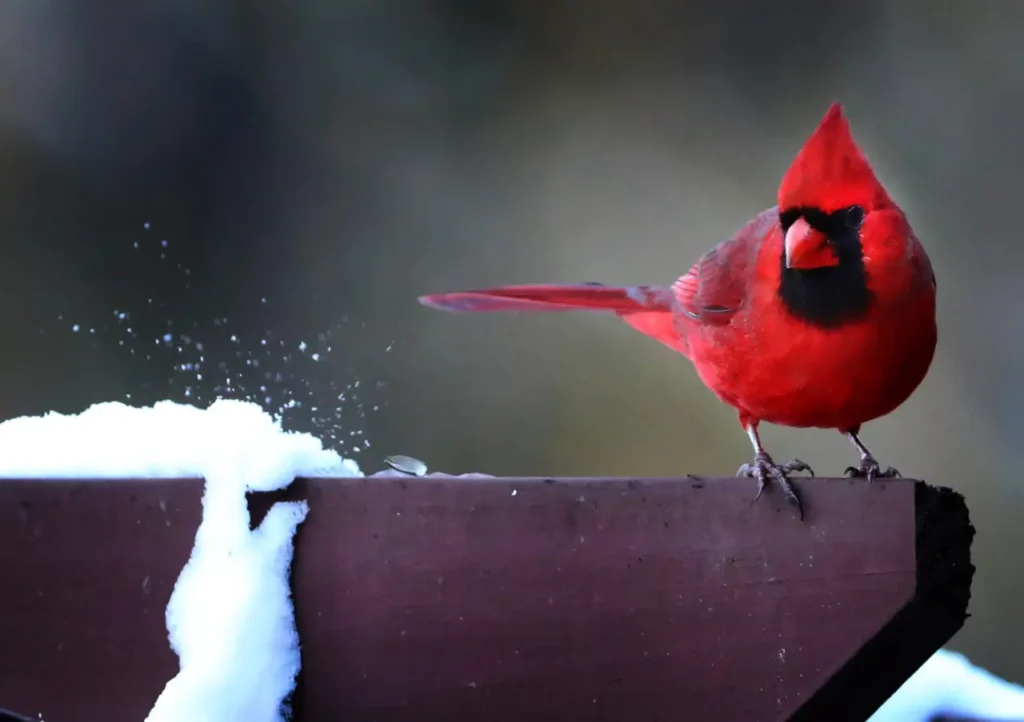
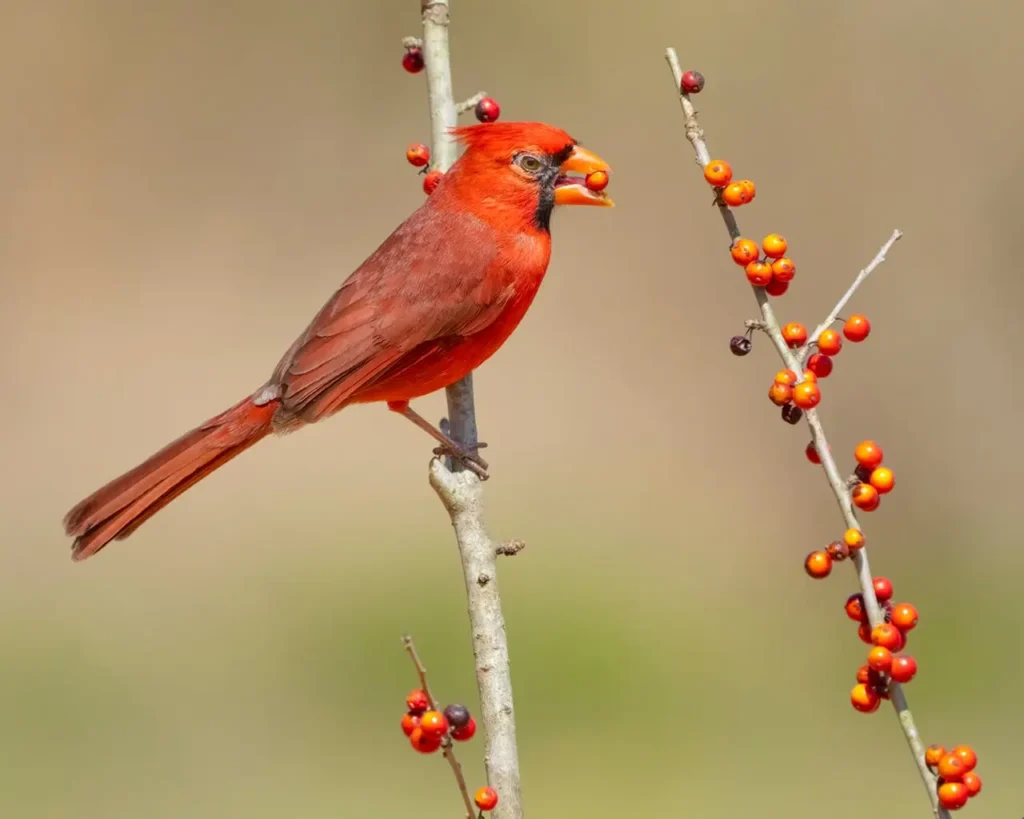
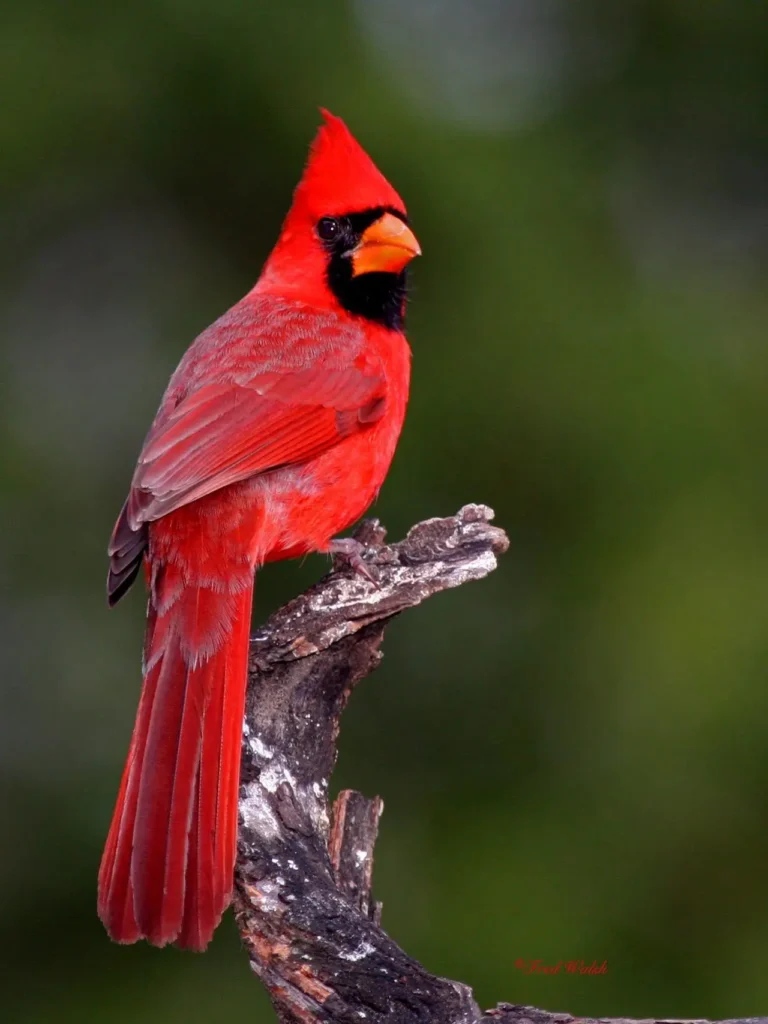
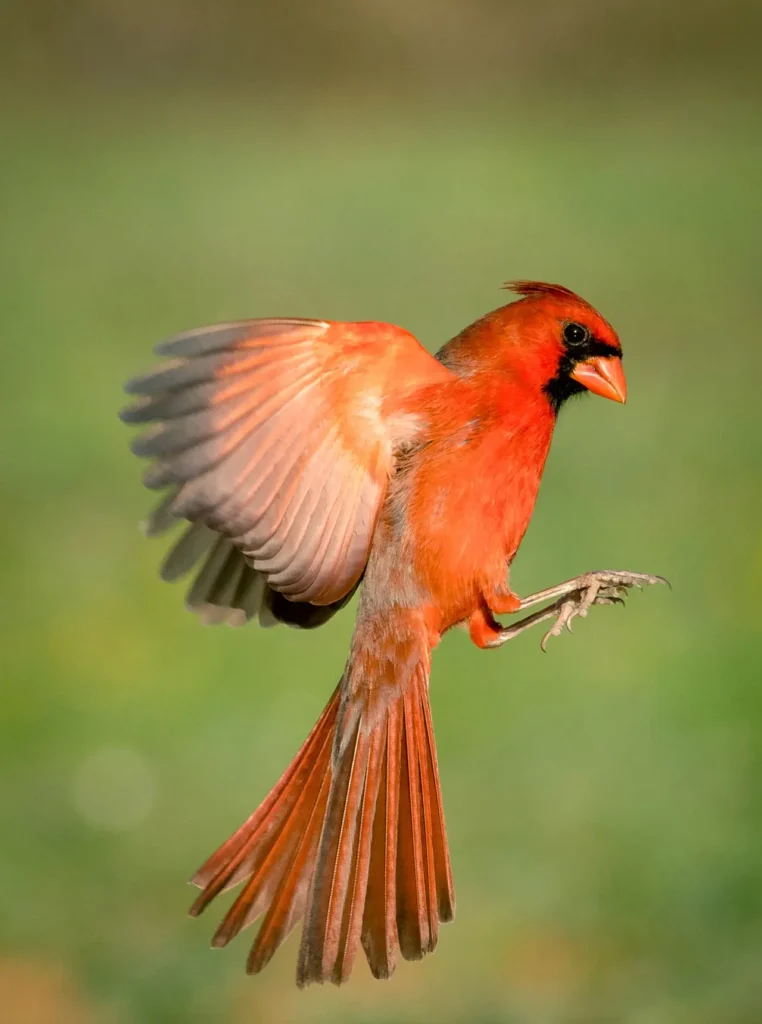
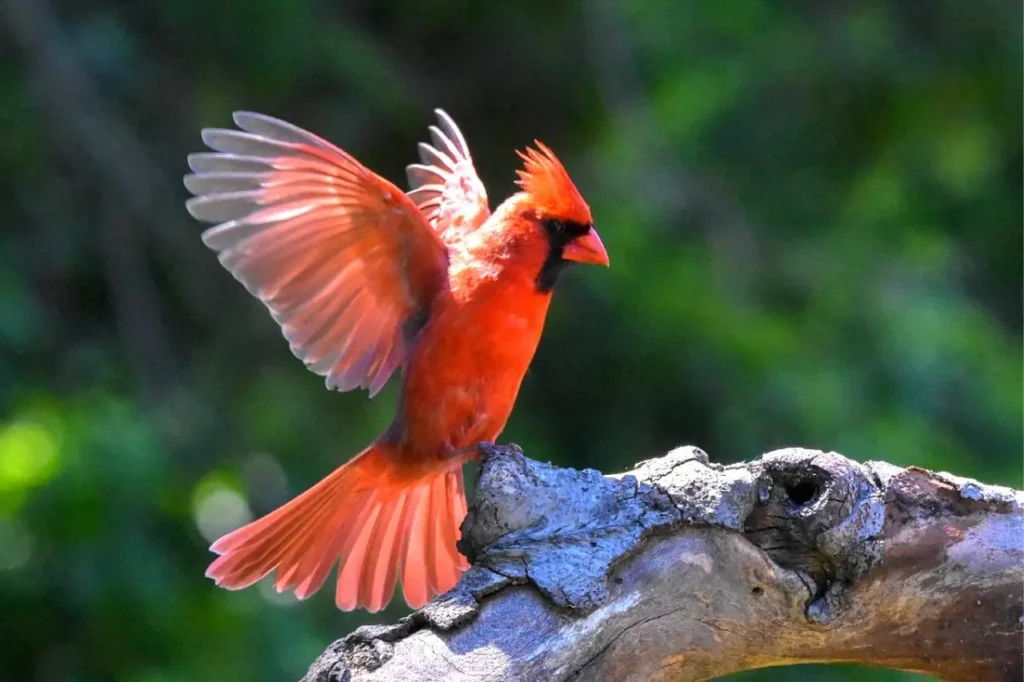
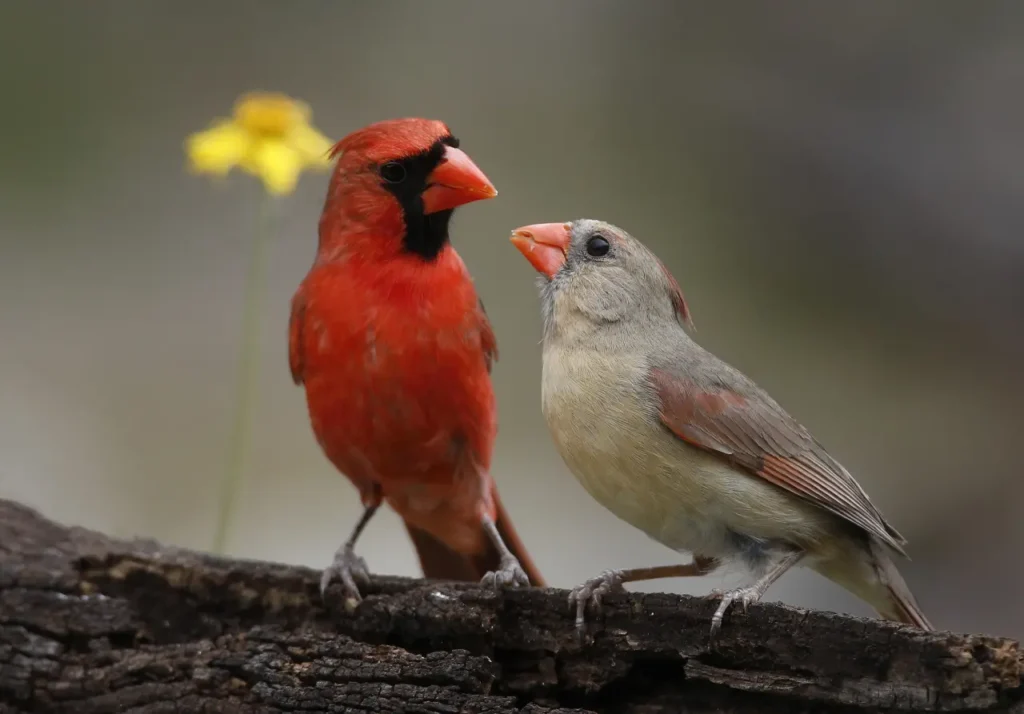
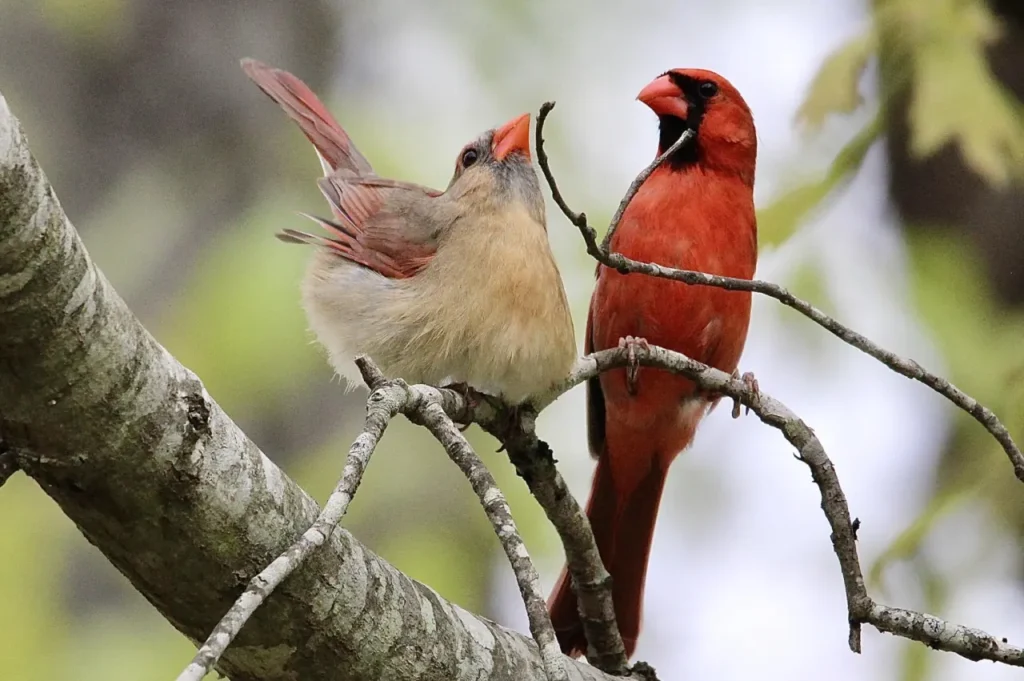
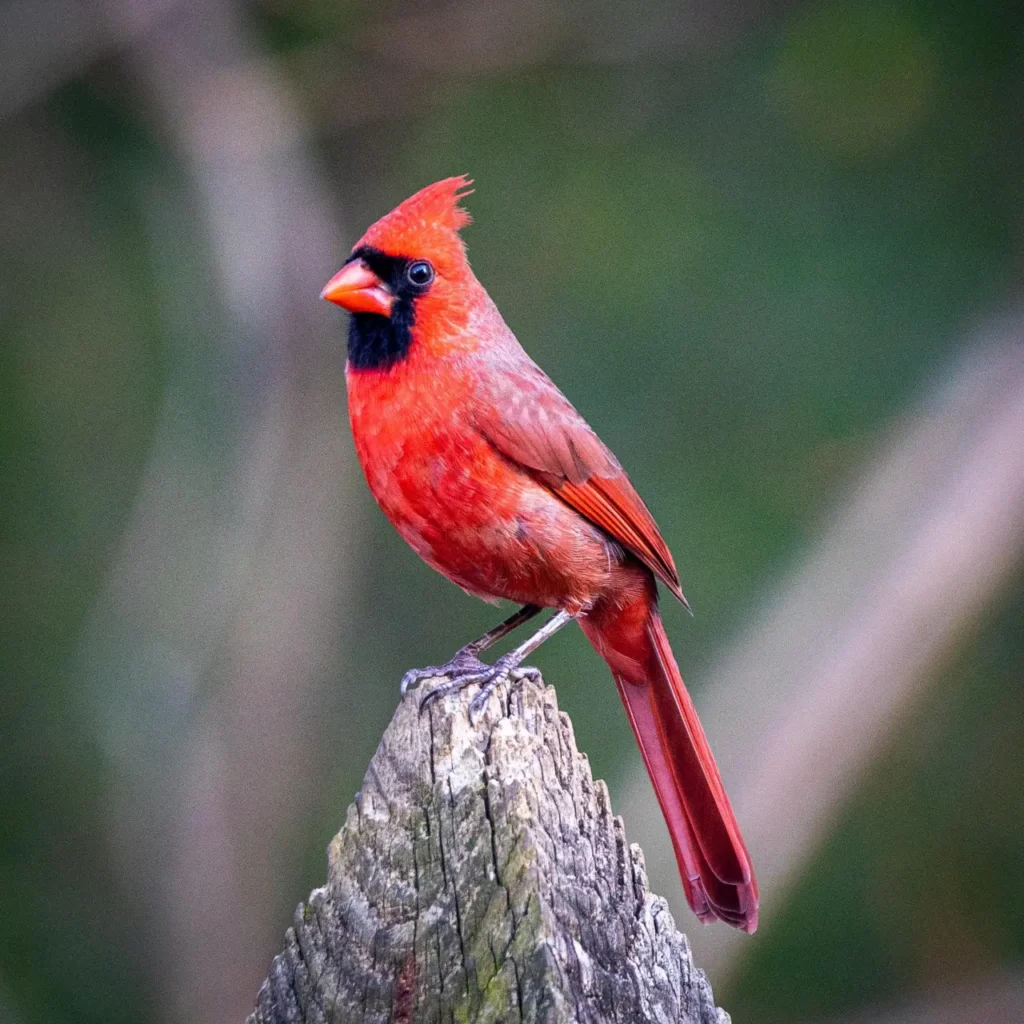
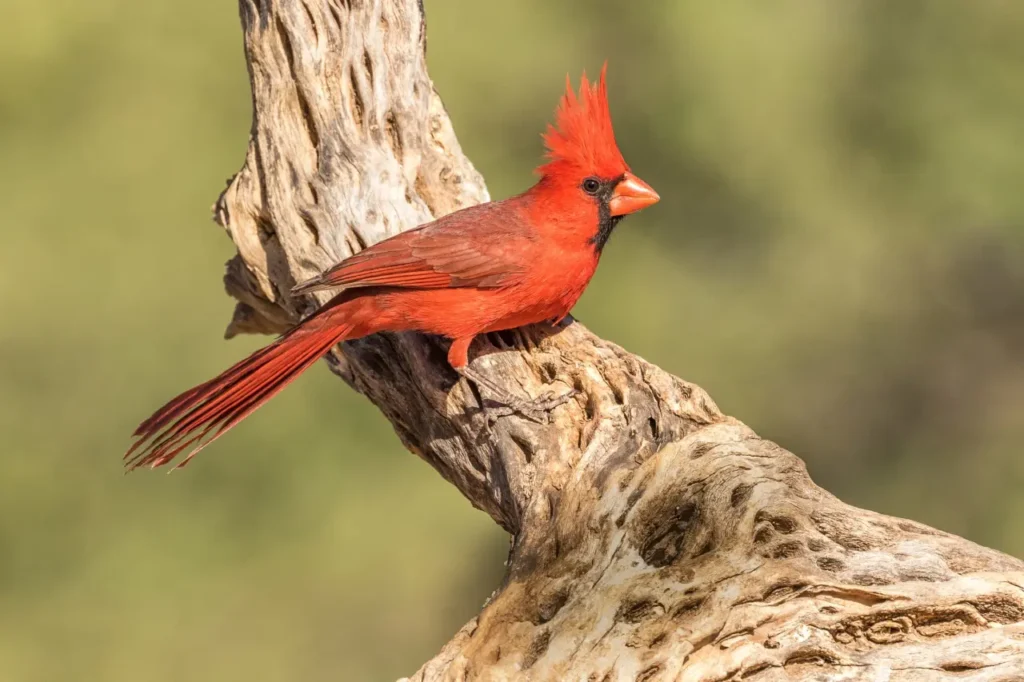
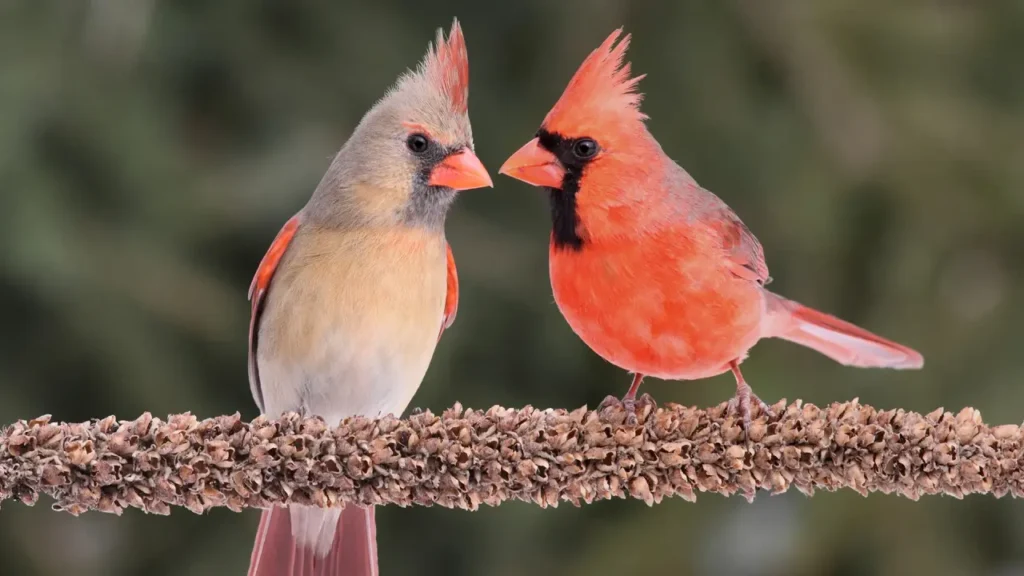
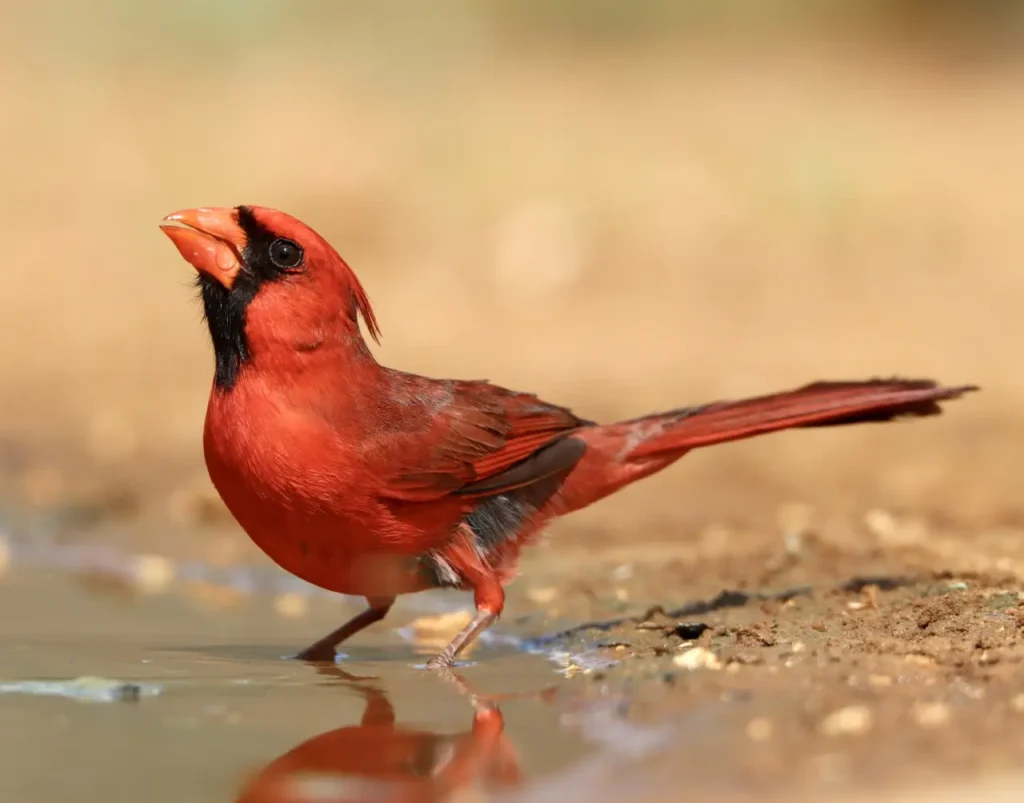
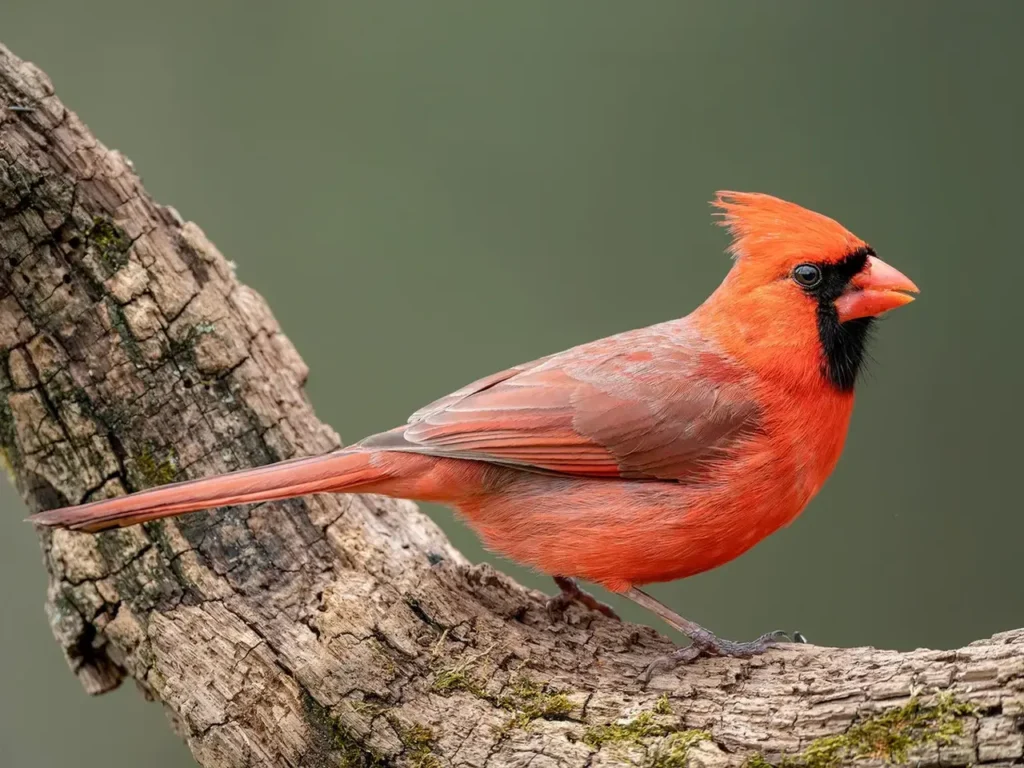
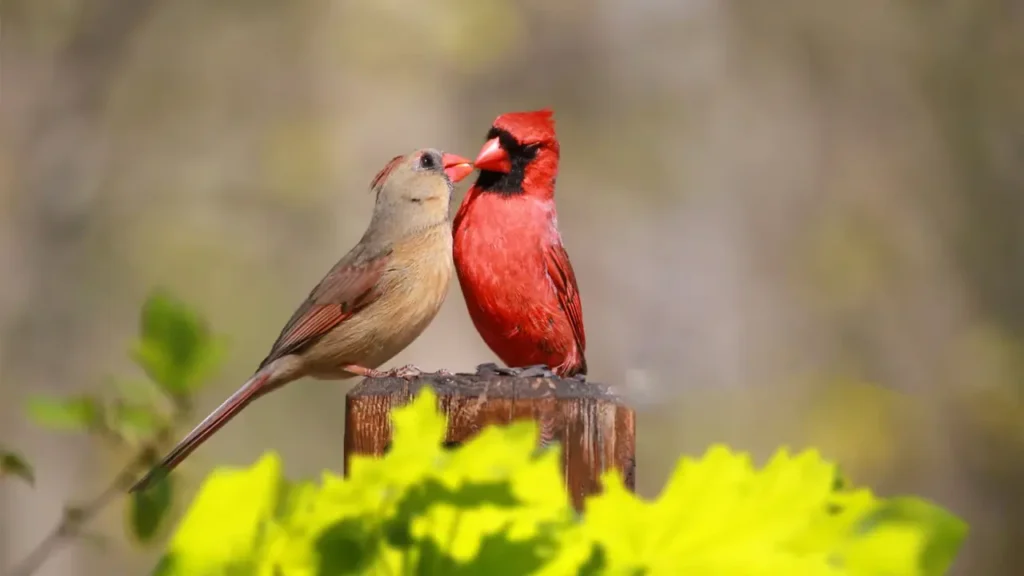
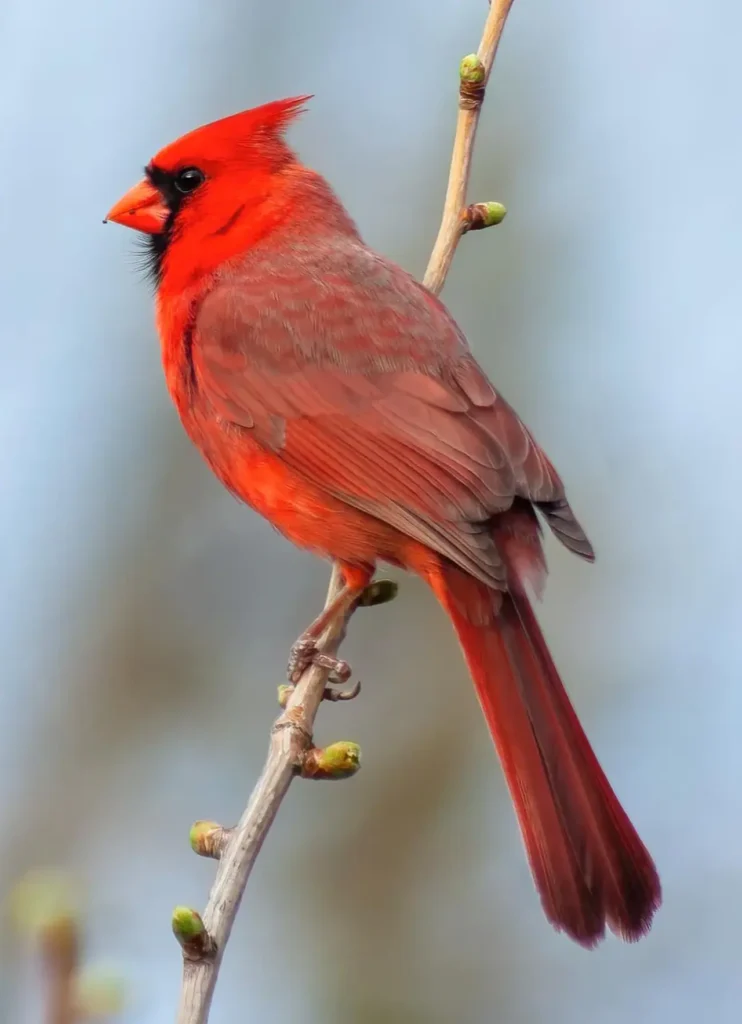
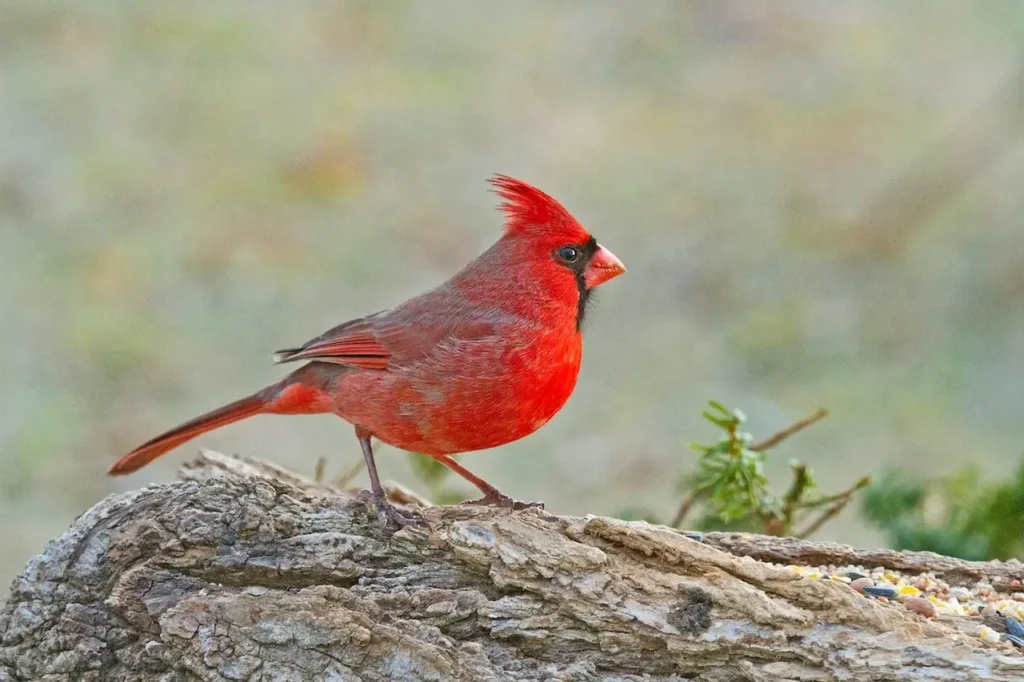
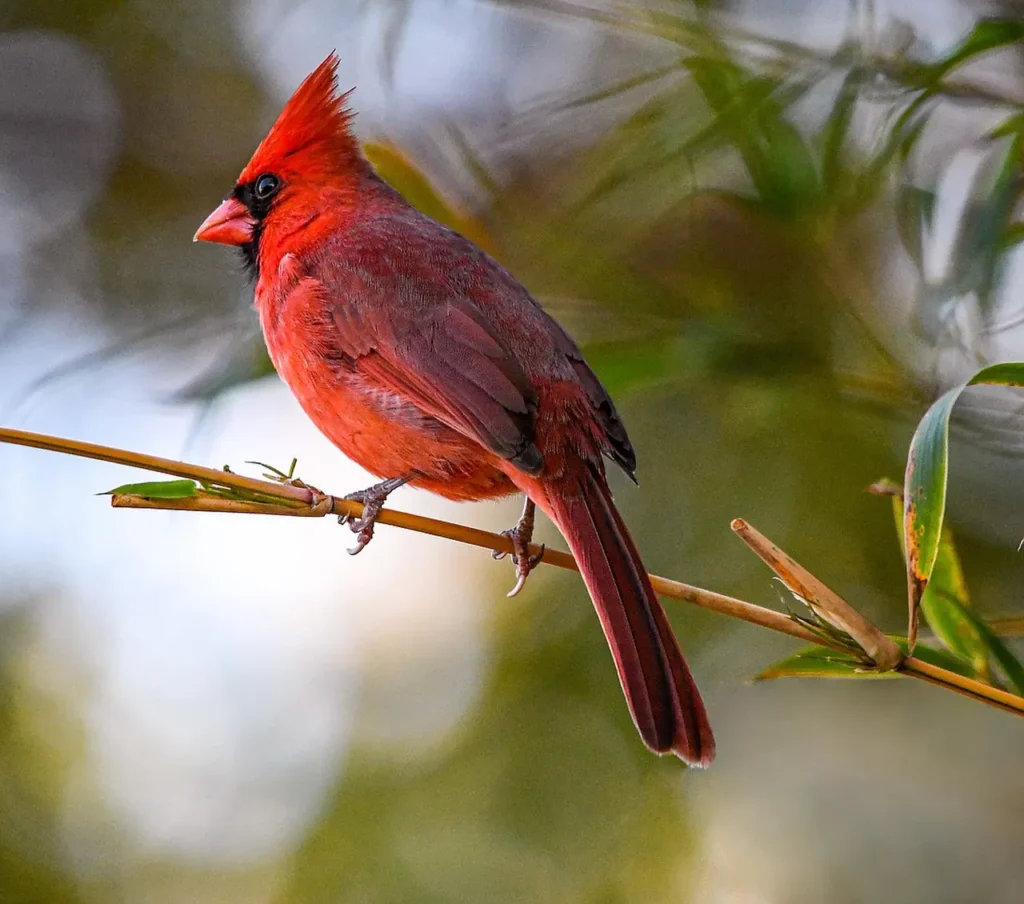
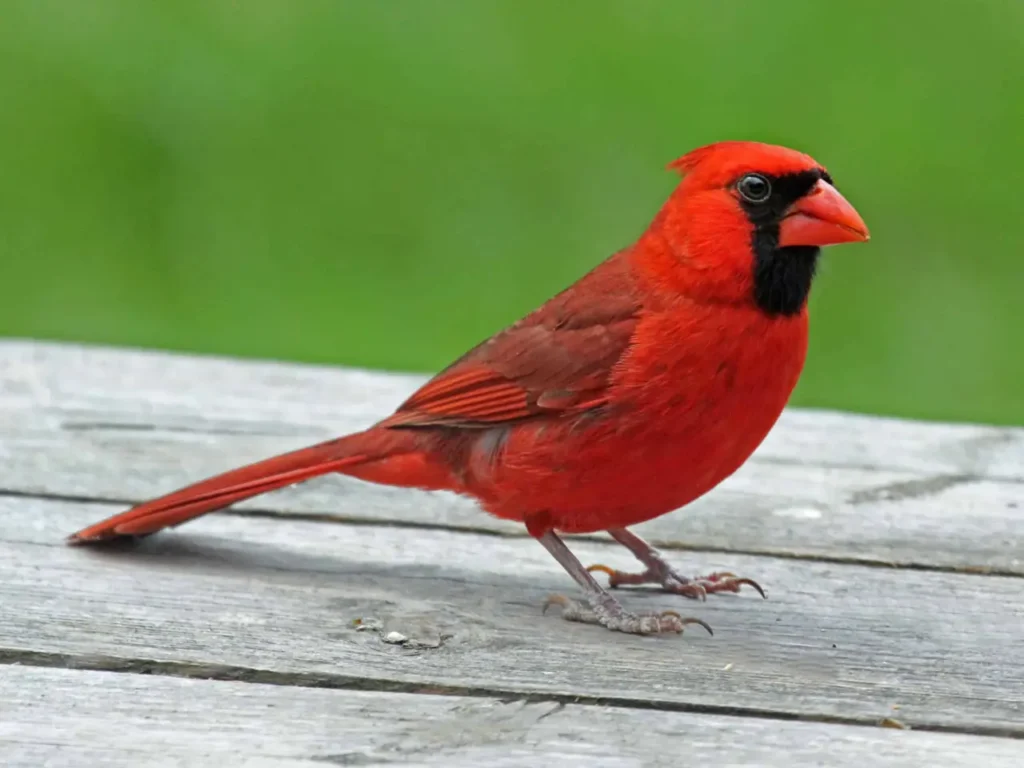
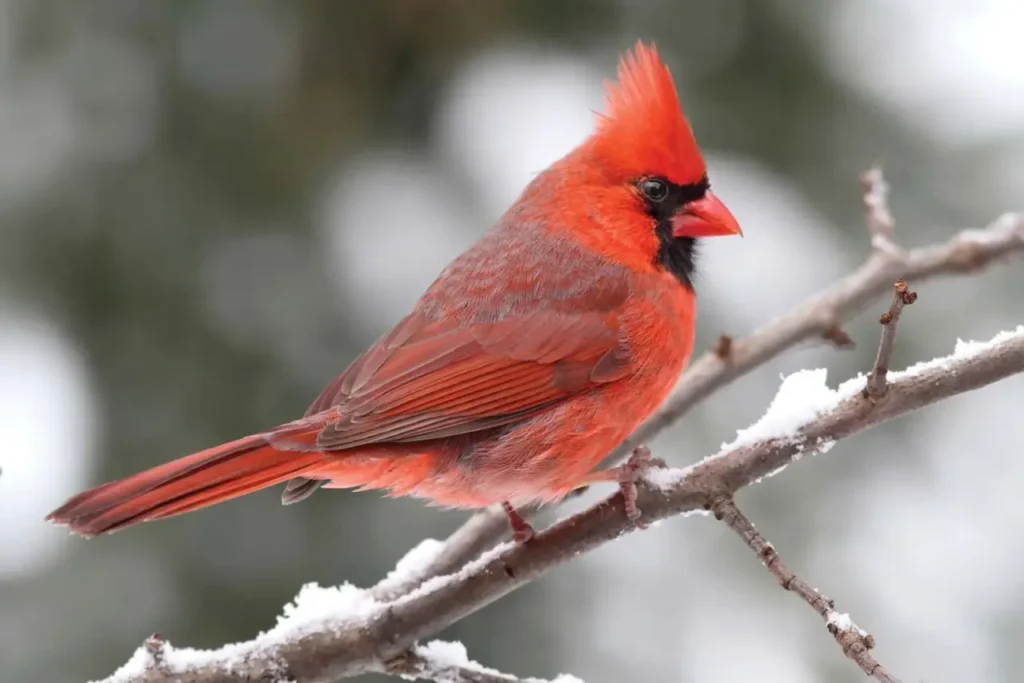
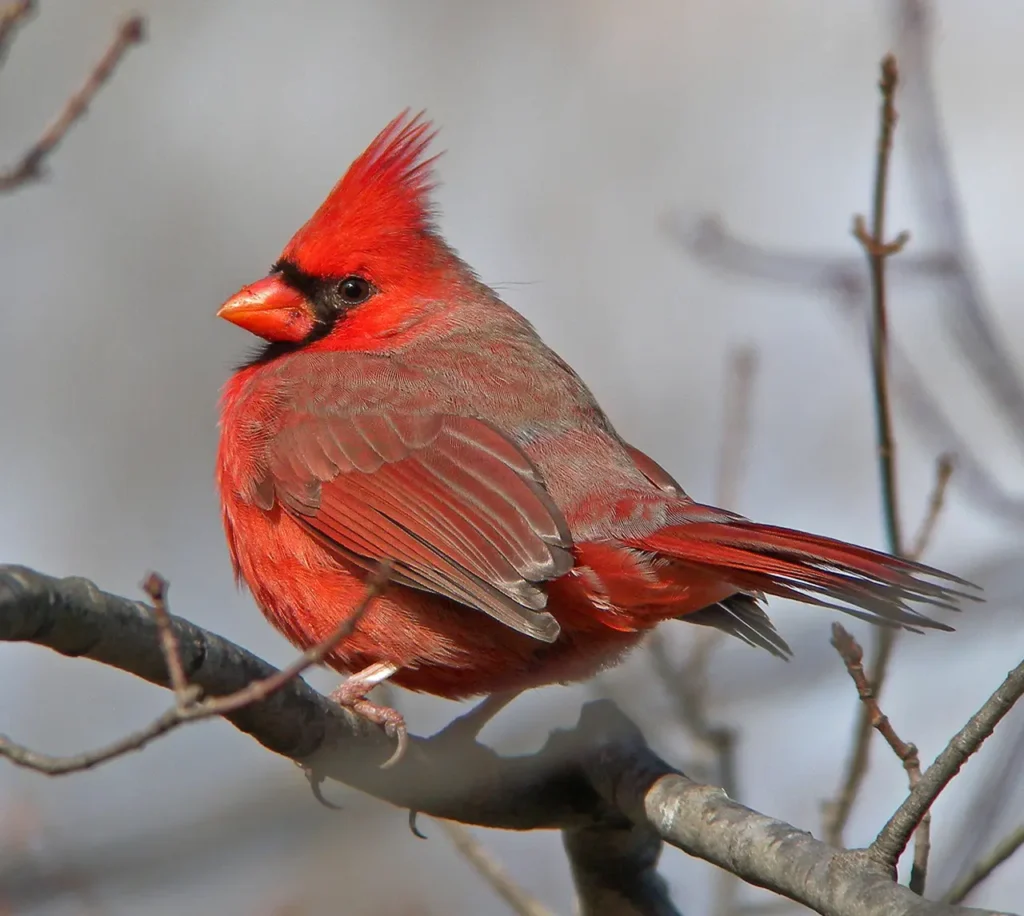
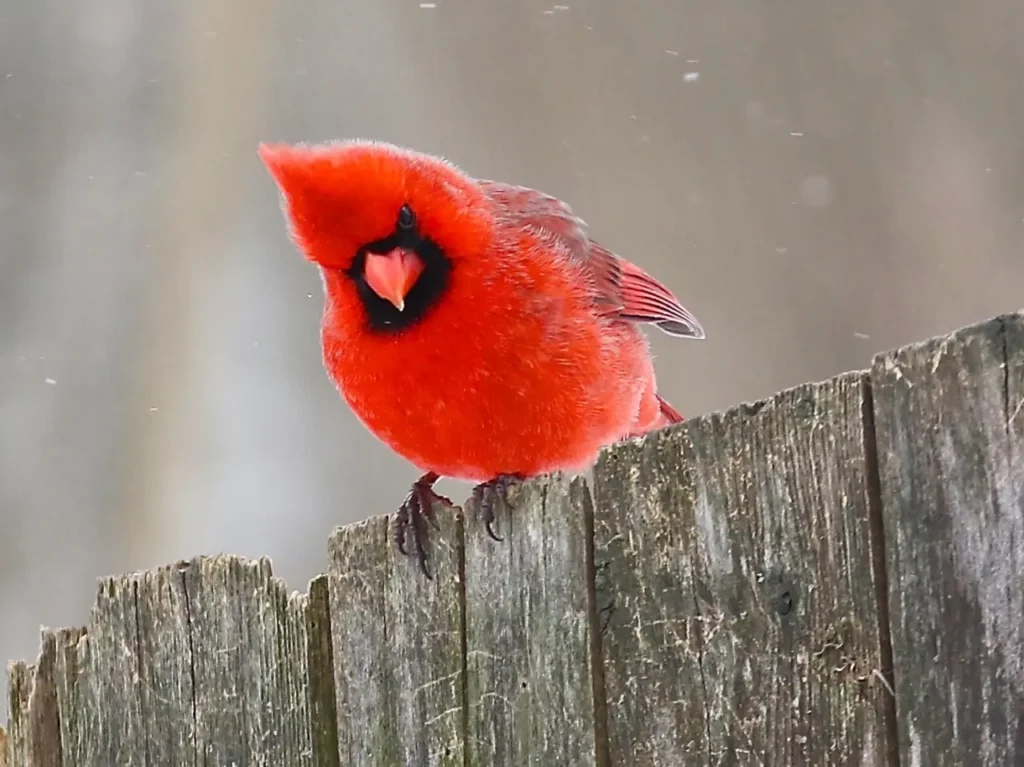
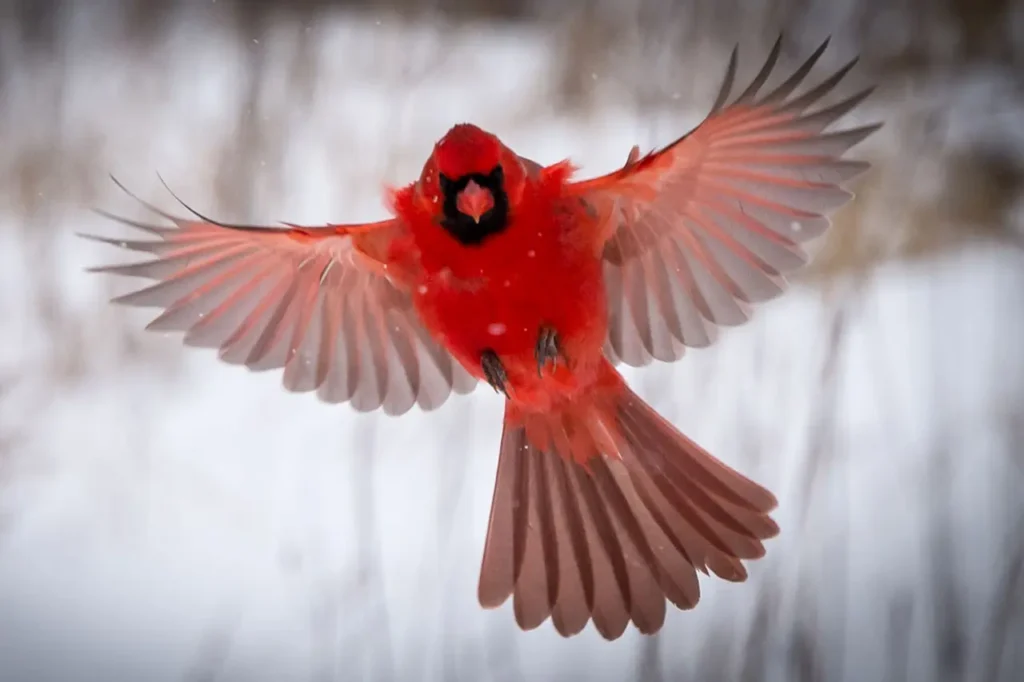
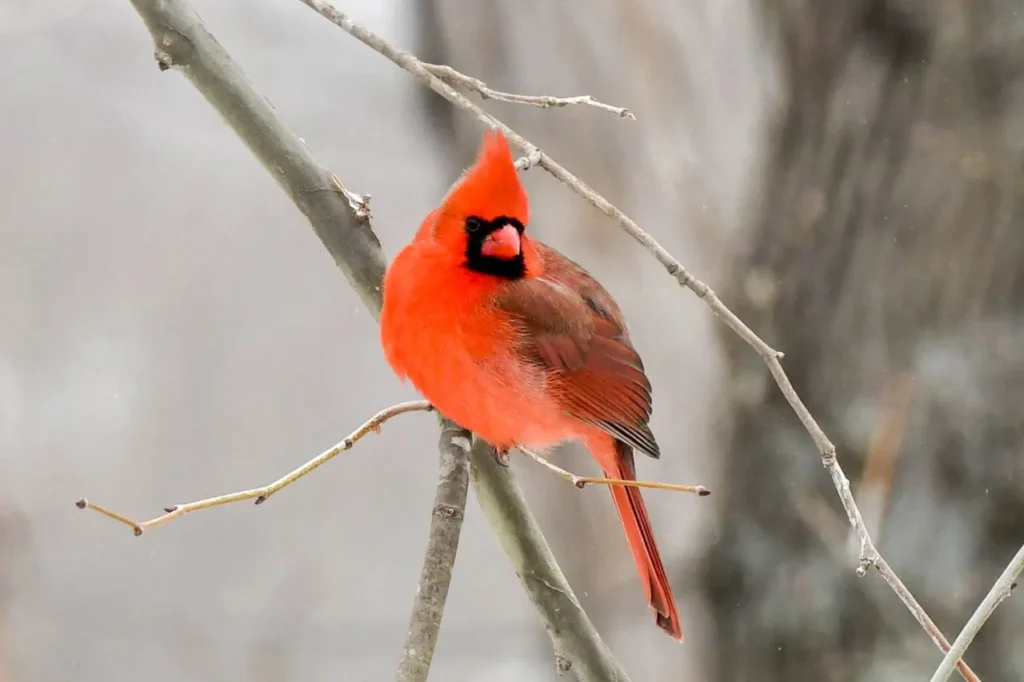
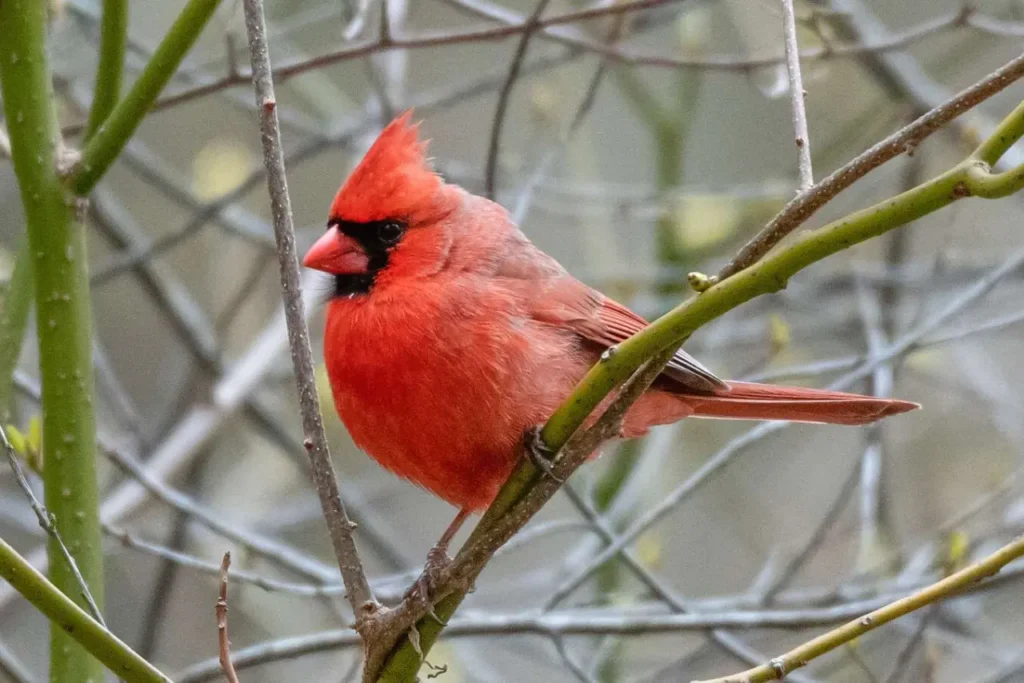
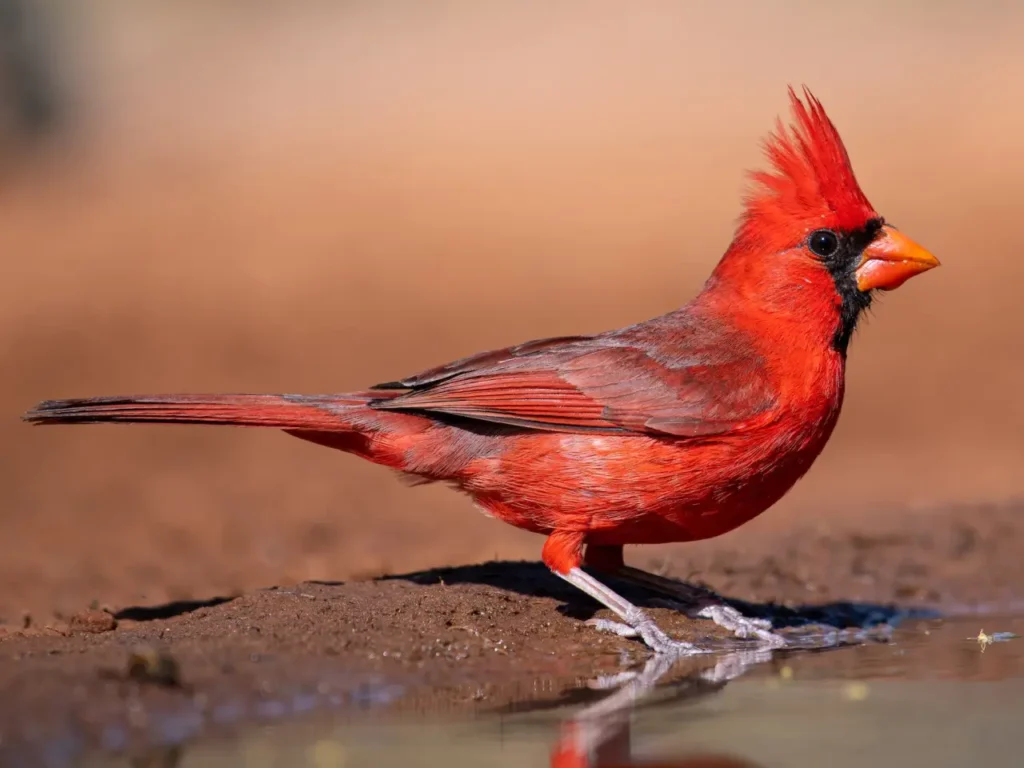
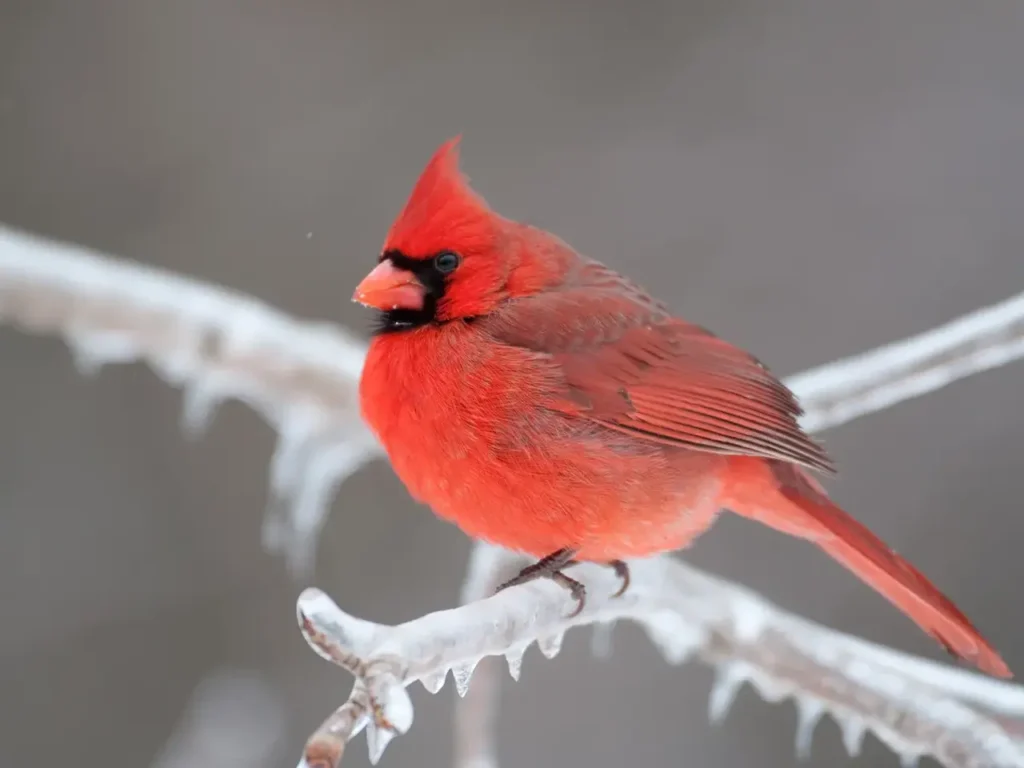
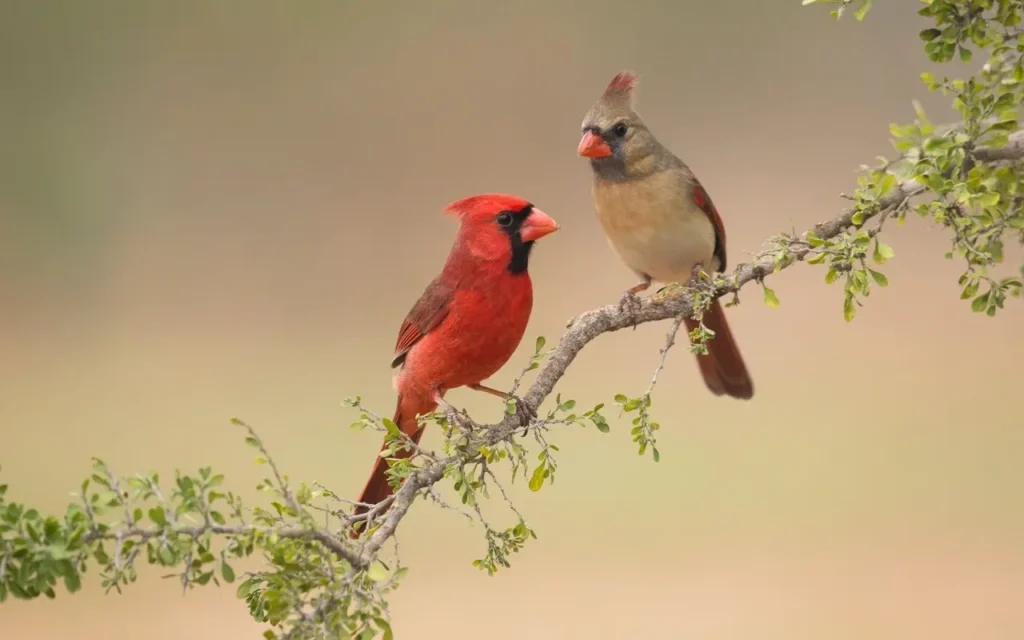
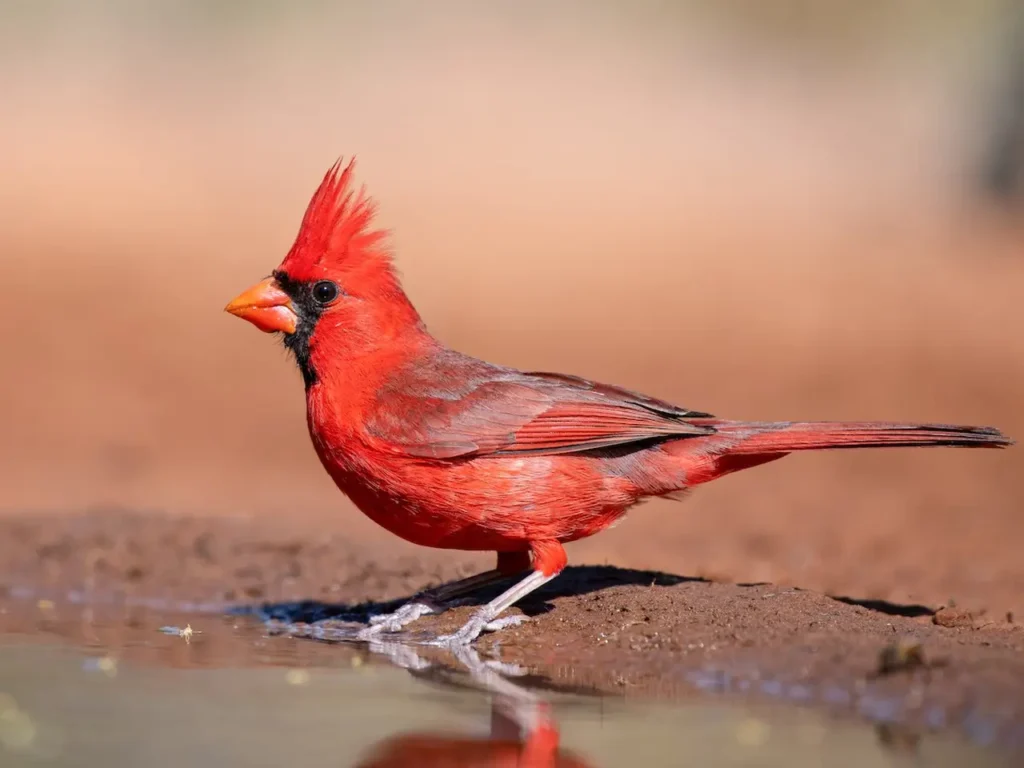
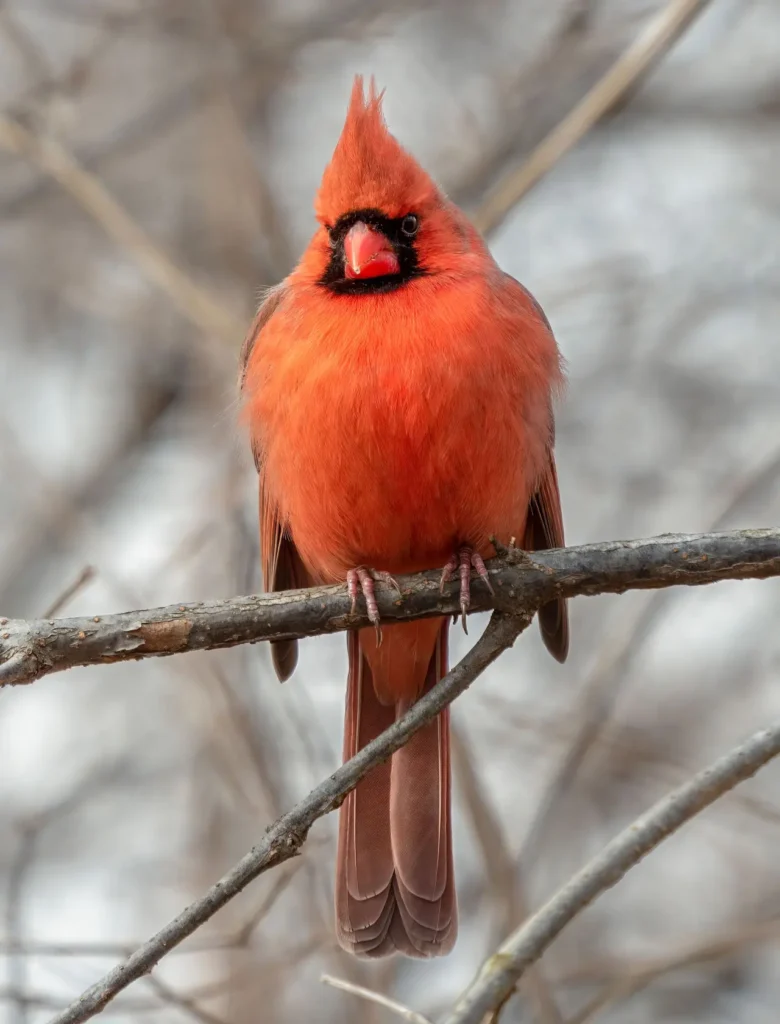
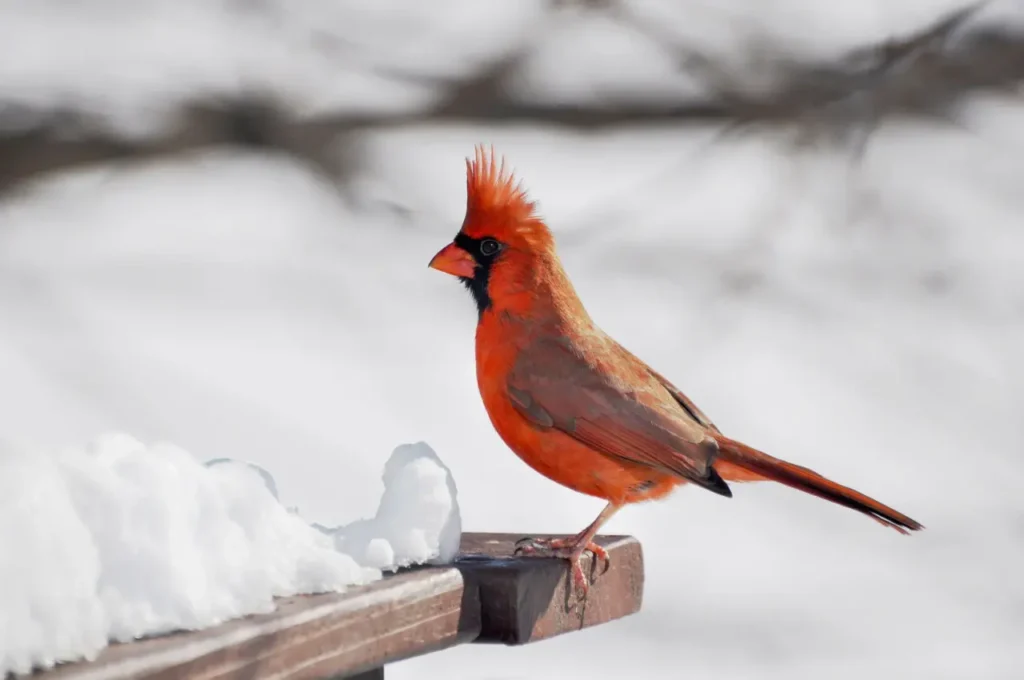
Appearance and Distinctive Features
The Northern Cardinal is instantly recognizable, especially the male, with its vibrant red feathers, prominent crest, and sturdy beak. The male sports a bright red plumage all over its body, while the female exhibits a more subdued coloration, with a combination of grayish-brown feathers and touches of red. Both genders have a black mask around their eyes and a distinctive crest that can be raised or lowered depending on their mood or level of excitement.
Habitat and Range
Northern Cardinals are native to North America, spanning across the United States, Mexico, and parts of Canada. They can be found in a wide range of habitats, including woodlands, forests, parks, gardens, and suburban areas. They are non-migratory birds, which means they remain in their territories throughout the year, bringing color and song to their chosen habitat.
Behavior and Vocalization
Northern Cardinals are known for their melodious and rich song, which is often described as a series of clear, whistling notes. Their vocalizations are used for various purposes, including defending territories, attracting mates, and communicating with their flock members. Both males and females are accomplished singers, with the males often engaging in spirited vocal duets.
These birds are primarily seed eaters, with a diet that includes various seeds, grains, berries, and fruits. They are frequent visitors to bird feeders, where they enjoy sunflower seeds, safflower seeds, and other seeds commonly provided in backyard bird feeders.
Breeding and Nesting
Northern Cardinals are monogamous birds, forming lifelong pair bonds. The breeding season begins in early spring, and during courtship, the male exhibits elaborate displays to attract the female. Once a pair is formed, they work together to build a cup-shaped nest, usually situated in dense shrubs, thickets, or low tree branches. The female lays a clutch of 2-5 eggs, which she incubates for about 11-13 days. Both parents share the responsibility of feeding and caring for the hatchlings.
Cultural Significance
The Northern Cardinal holds cultural significance in many regions of North America. Its striking appearance and melodic song have made it a beloved symbol in art, literature, and folklore. The bird is often associated with vitality, strength, and passion, and its image is frequently depicted in holiday decorations, greeting cards, and sports team logos.
Conservation and Protection
The Northern Cardinal is not currently considered a species of concern and maintains stable populations across its range. However, habitat loss and fragmentation pose potential threats to their breeding and foraging areas. By preserving natural habitats, planting native vegetation, and providing bird-friendly landscapes, individuals can contribute to the conservation of Northern Cardinals and other bird species.
The Northern Cardinal, with its vibrant plumage, enchanting song, and year-round presence, adds a touch of elegance and beauty to North American backyards. Whether admired for its striking appearance, serenaded by its melodious tunes, or simply observed as it hops among the branches, the Northern Cardinal has captured the hearts of birdwatchers and nature lovers, reminding us of the wonders of the natural world.
